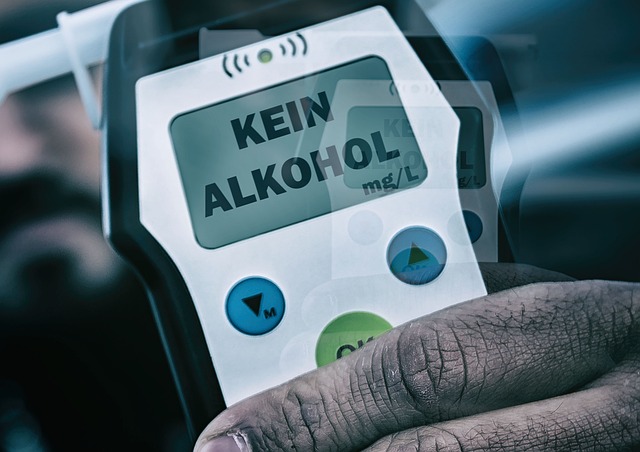High-risk reoffenders with violent crime or repeated legal issues need unique interventions to break recidivism cycles, focusing on understanding motivations linked to risky behaviors like driving under the influence (DUI). Policymakers can design targeted strategies by analyzing past patterns and triggers. Environmental factors, lack of support systems, and limited access to education contribute to recidivism. Advanced driver-assistance systems (ADAS) like automatic emergency braking and lane departure warnings deter DUI offenses, enhancing road safety. Stricter DUI laws and enforcement, coupled with digital age technologies, can create a safer driving culture and reduce recidivism rates among DUI offenders.
High-risk reoffenders often find themselves trapped in a cycle of recidivism, fueled by factors like substance abuse and lack of support. This article delves into the complex issue, focusing on understanding the dynamics of high-risk behavior and recidivism. We explore how Vehicle Safety Features and DUI Law can serve as a strategic tool to disrupt this cycle for at-risk individuals. By integrating advanced safety features in vehicles and stringent DUI laws, we aim to break the cycle, offering a path towards rehabilitation and reduced reoffending rates.
- Understanding High-Risk Reoffenders and the Cycle of Recidivism
- Vehicle Safety Features and DUI Law: A Strategy to Break the Cycle for At-Risk Individuals
Understanding High-Risk Reoffenders and the Cycle of Recidivism

High-risk reoffenders, often categorized as individuals with a history of violent crimes or repeated legal issues, pose a unique challenge in breaking the cycle of recidivism. Understanding their motivations and behaviors is crucial for developing effective interventions. In many cases, these offenders have a pattern of engaging in activities that carry significant risks, such as driving under the influence (DUI), which underscores the need for tailored strategies. By examining their past behaviors, patterns, and triggers, policymakers and rehabilitation programs can design targeted approaches to prevent reoffending.
The cycle of recidivism is often fueled by a lack of adequate support systems, limited access to education or vocational training, and environmental factors that encourage risky behavior. For instance, individuals with DUI offenses may turn to alcohol or substance abuse as coping mechanisms, leading to further legal troubles. Incorporating vehicle safety features like advanced driver-assistance systems (ADAS) can play a role in deterring such behaviors by enhancing road safety. Additionally, stricter DUI laws and robust enforcement serve as a deterrent, encouraging high-risk reoffenders to make more responsible choices.
Vehicle Safety Features and DUI Law: A Strategy to Break the Cycle for At-Risk Individuals

In today’s digital era, where technology plays a pivotal role in enhancing safety, vehicle safety features are revolutionizing the way we approach high-risk individuals, particularly those with a history of DUI (Driving Under the Influence). Advanced driver assistance systems (ADAS) such as automatic emergency braking, lane departure warning, and blind spot monitoring not only protect drivers but also serve as powerful tools in breaking the cycle of reoffending. These features can help at-risk individuals stay focused on the road, avoid distractions, and make quicker decisions to prevent dangerous situations.
The implementation of these safety measures is a strategic approach to DUI law enforcement. By focusing on both the individual’s behavior modification and the technological enhancements in vehicles, we can create a safer driving environment. This dual strategy ensures that high-risk drivers are held accountable while also providing them with the tools and support needed to make positive changes. Vehicle Safety Features and DUI Law, when integrated effectively, have the potential to transform lives and reduce reoffending rates, ultimately fostering a culture of responsible driving.
Breaking the cycle of recidivism among high-risk reoffenders is a complex task, but by combining an understanding of their unique needs with effective strategies like those related to vehicle safety features and DUI law, significant progress can be made. Implementing these measures not only enhances public safety but also provides at-risk individuals with a support system to turn their lives around. Through collaborative efforts between legal professionals, social workers, and technology developers, we can create lasting change, ensuring a safer and more prosperous future for both communities and individuals.






